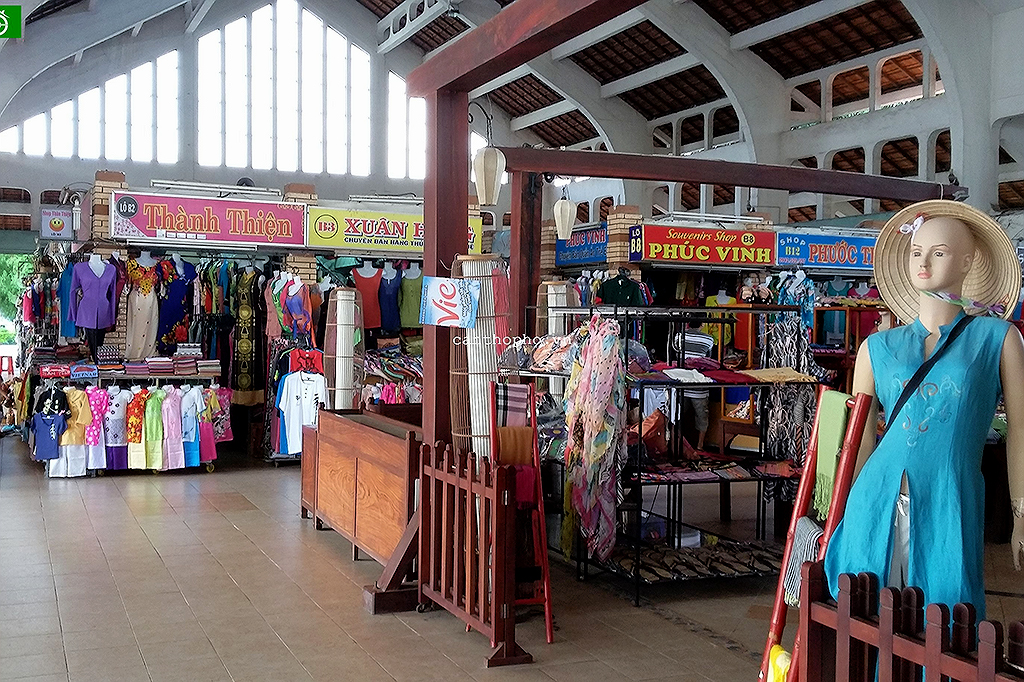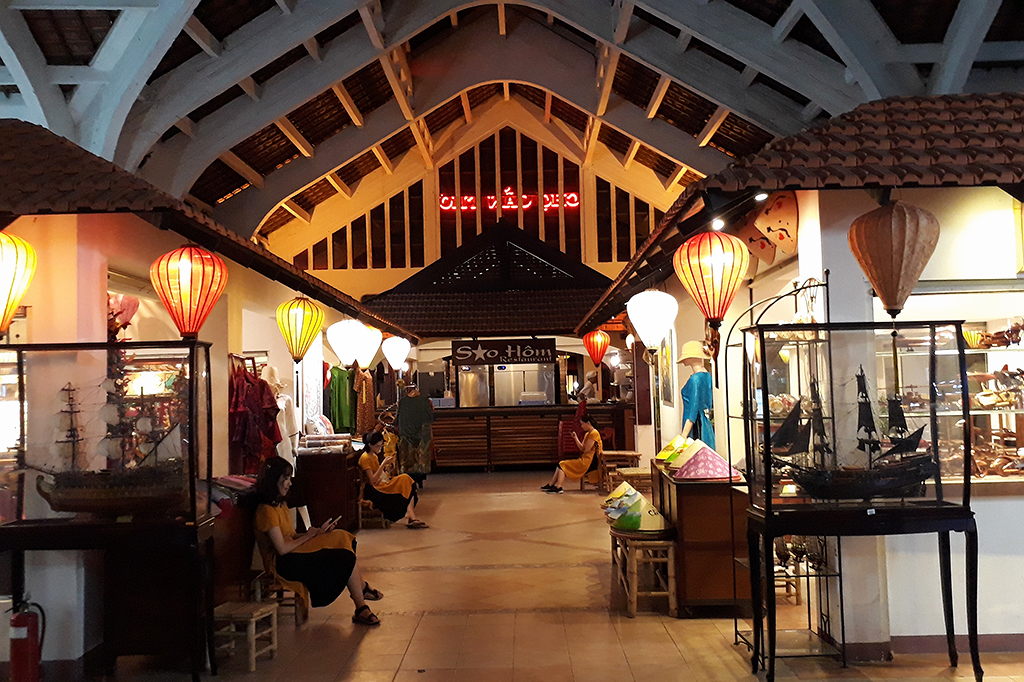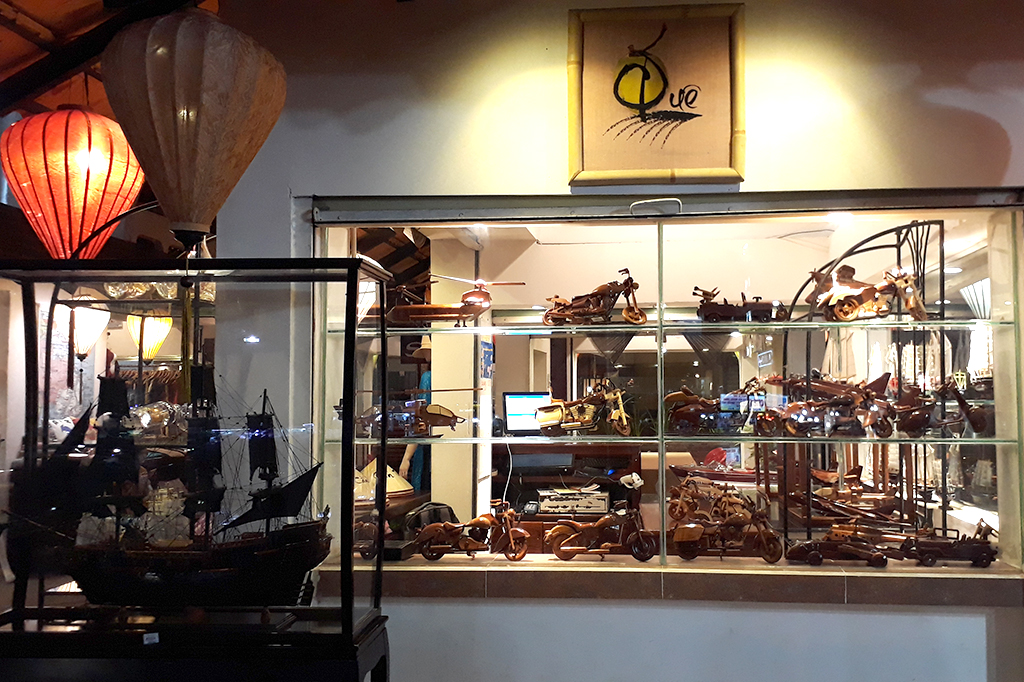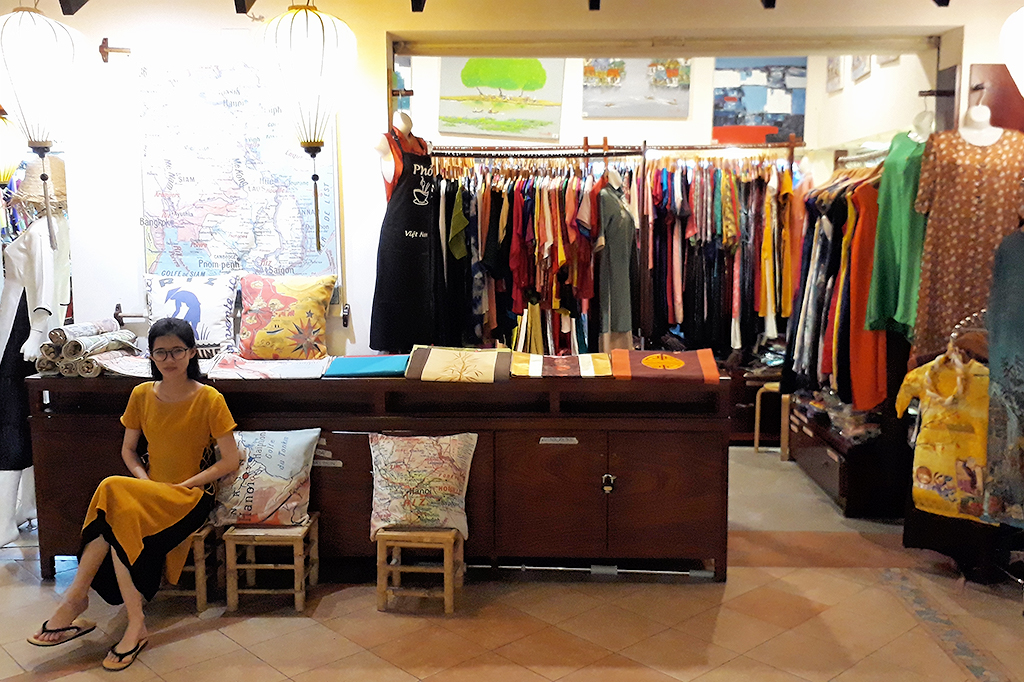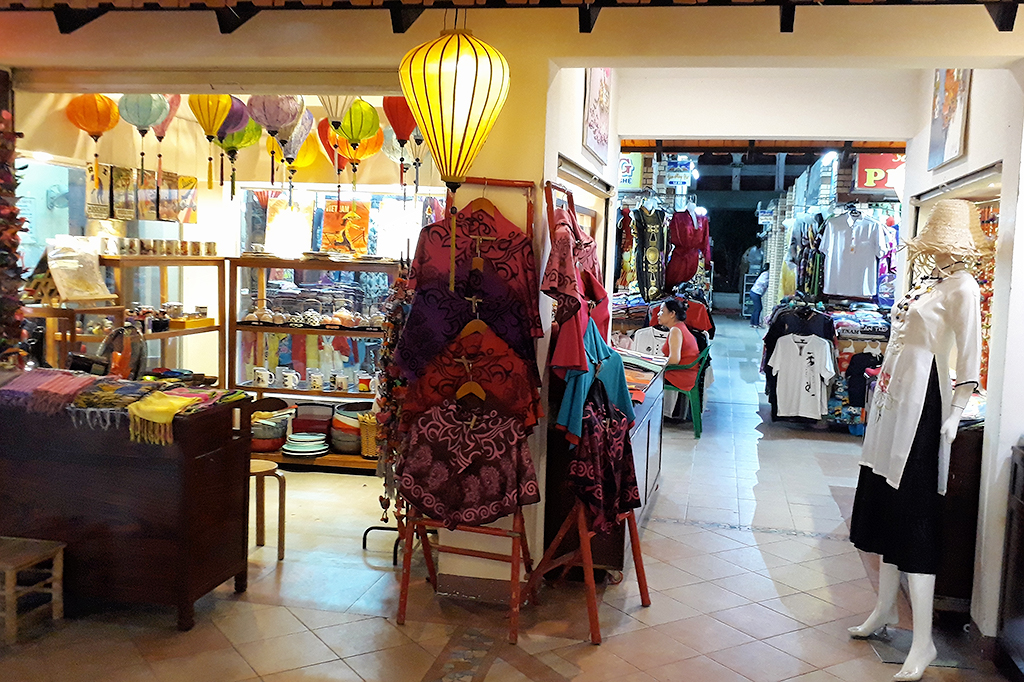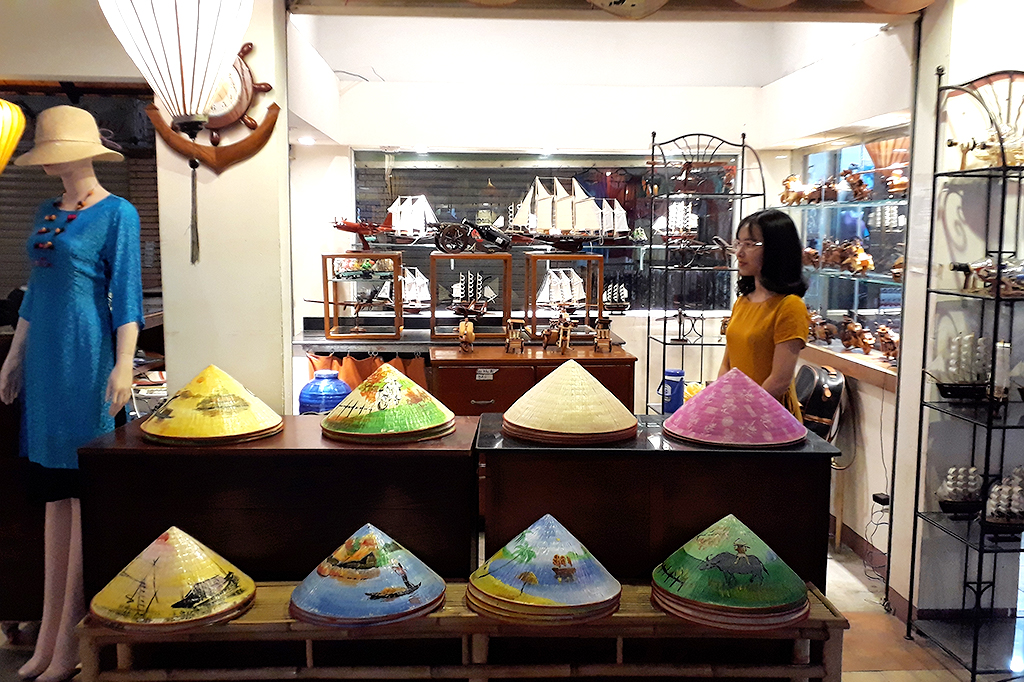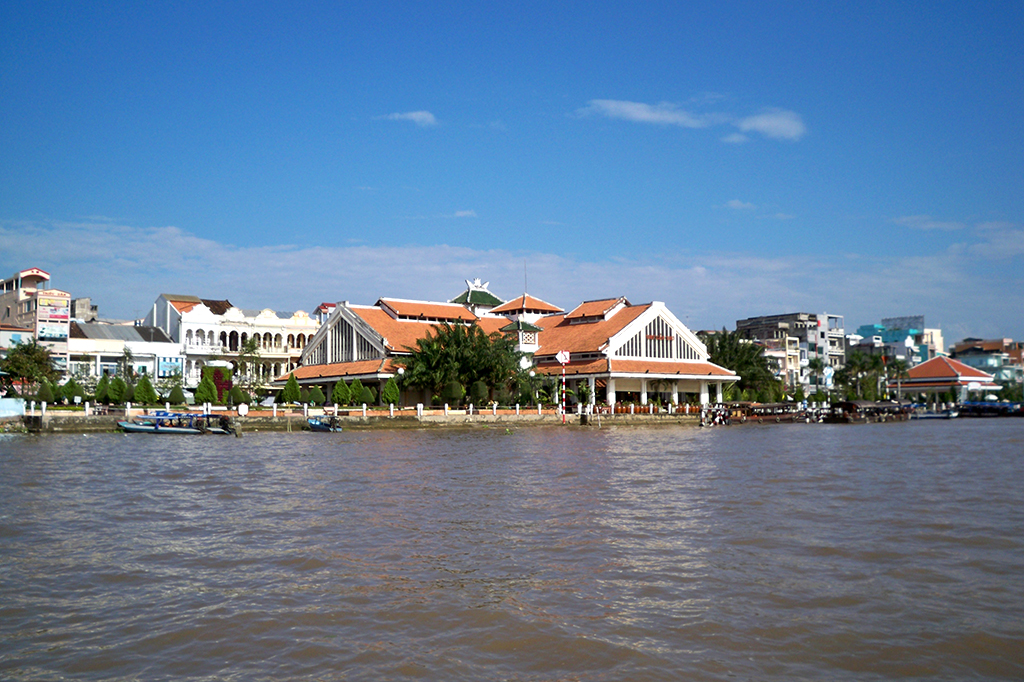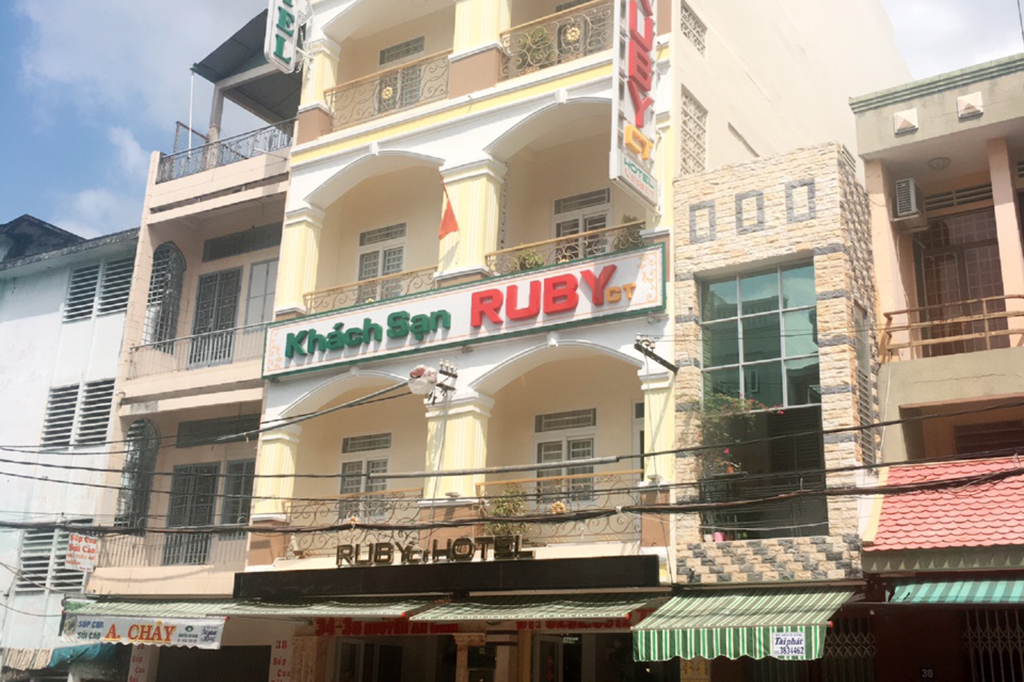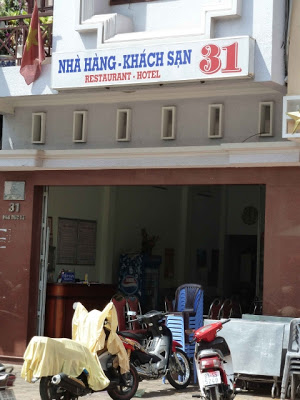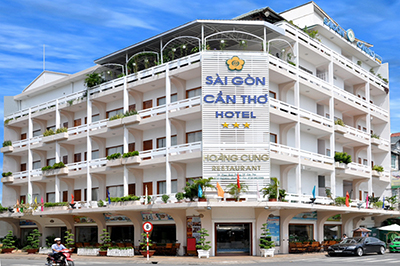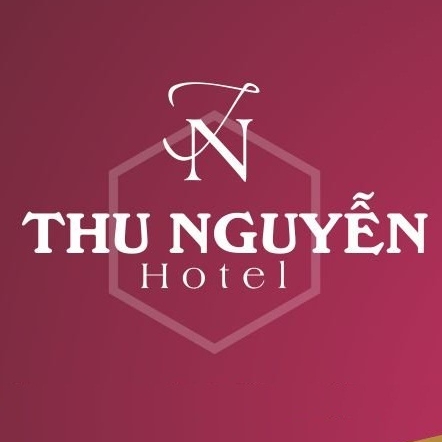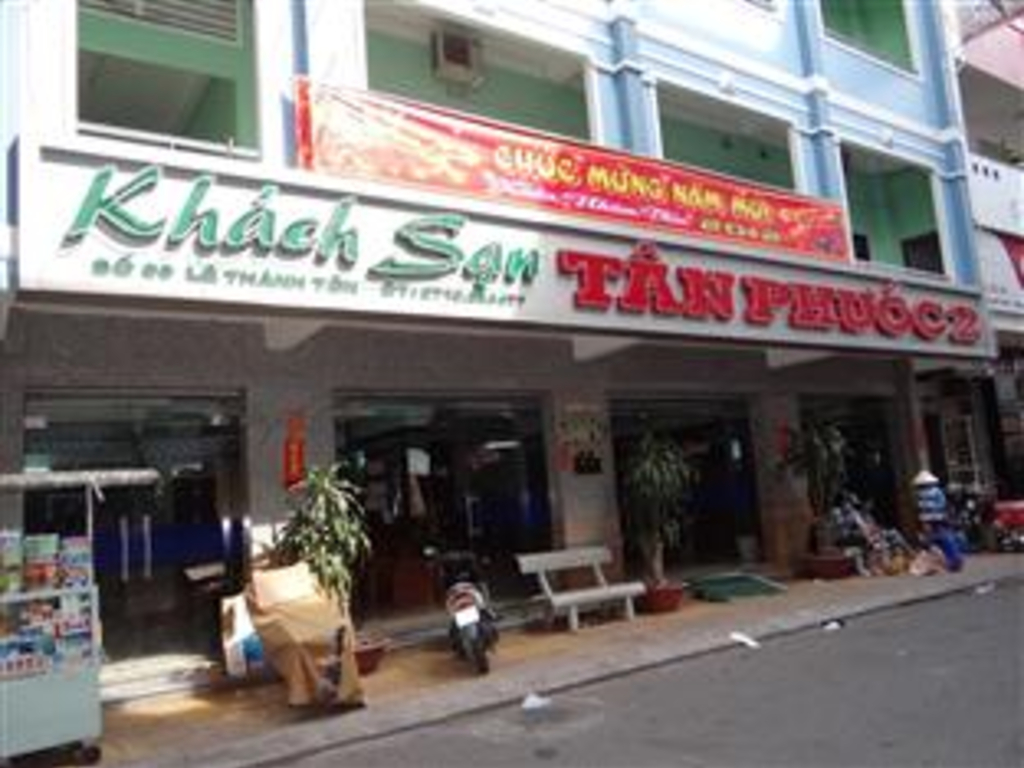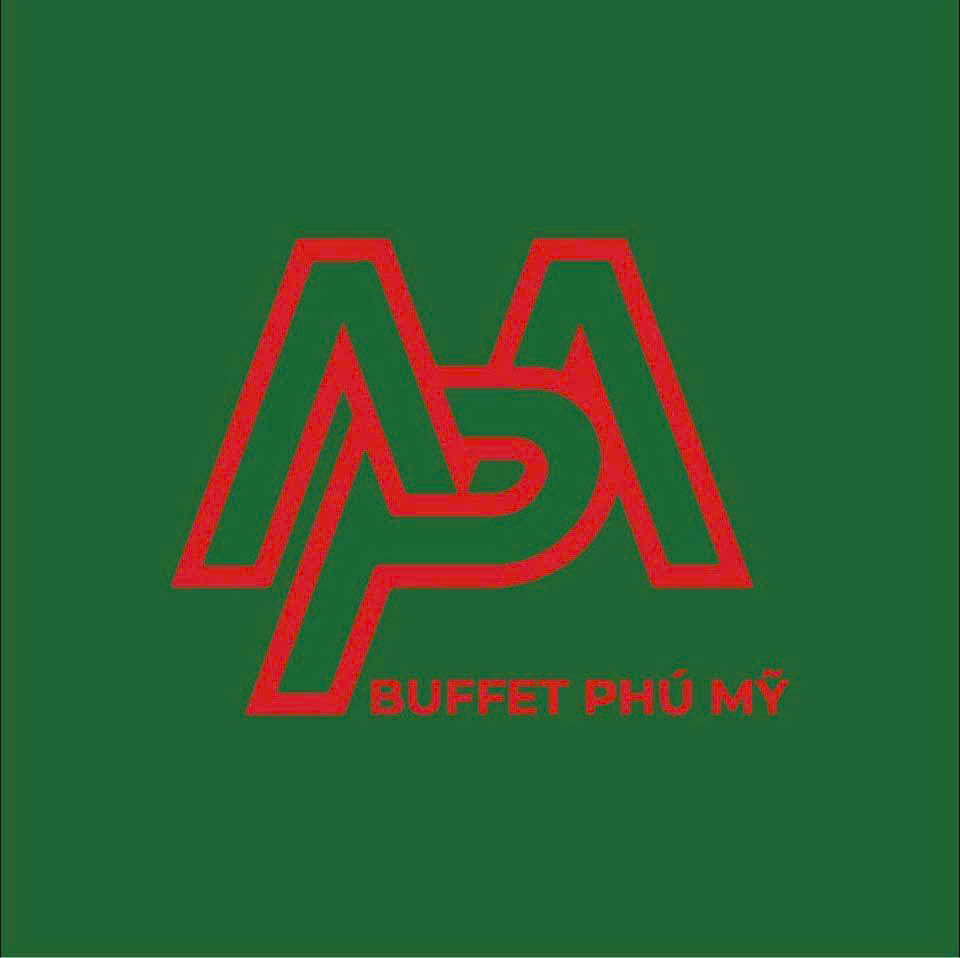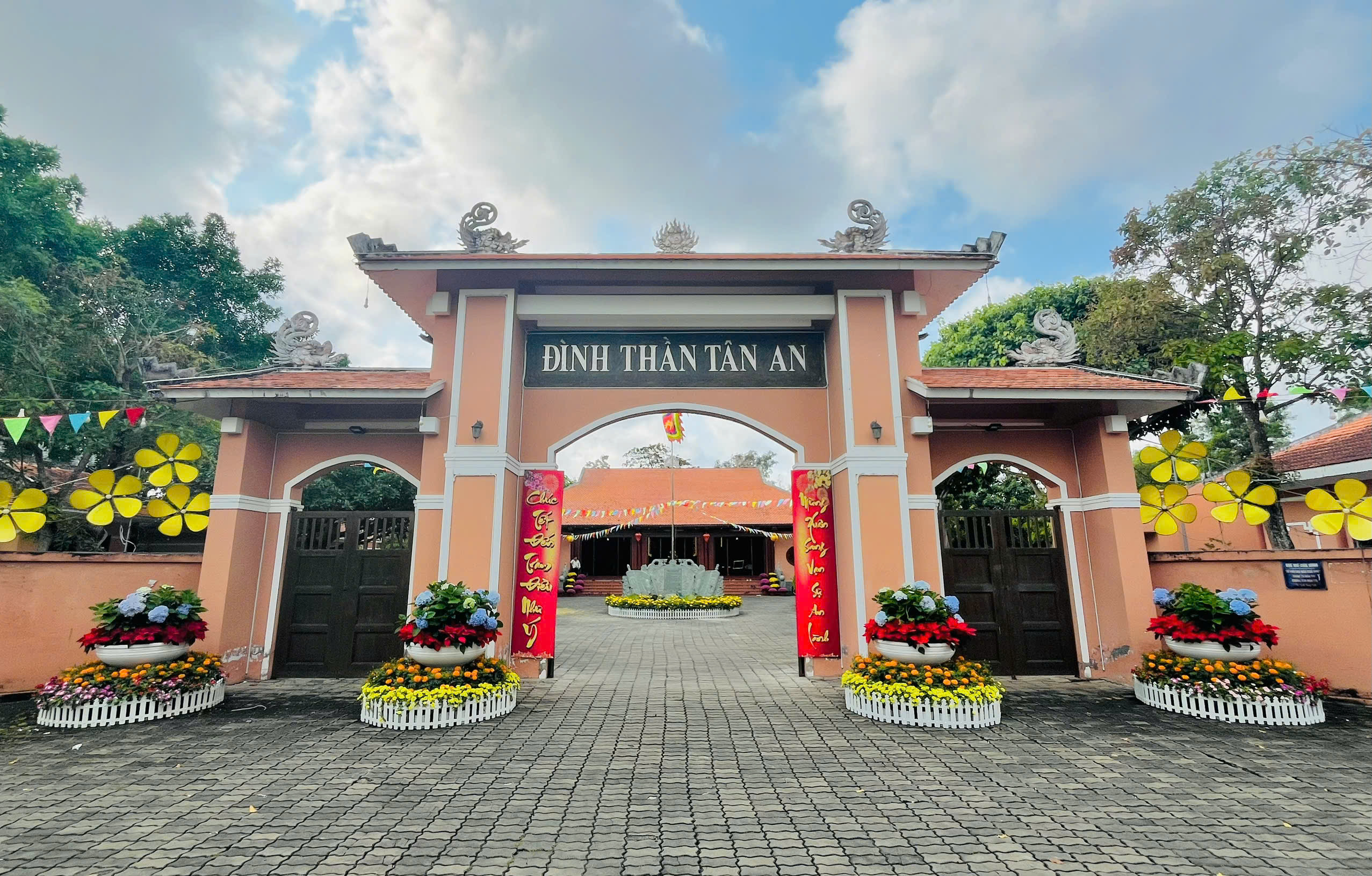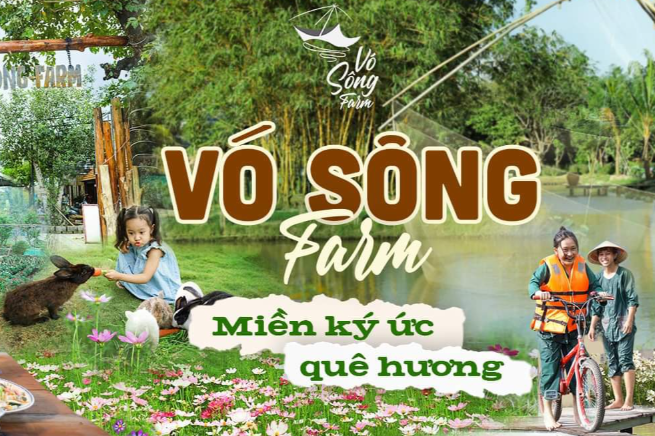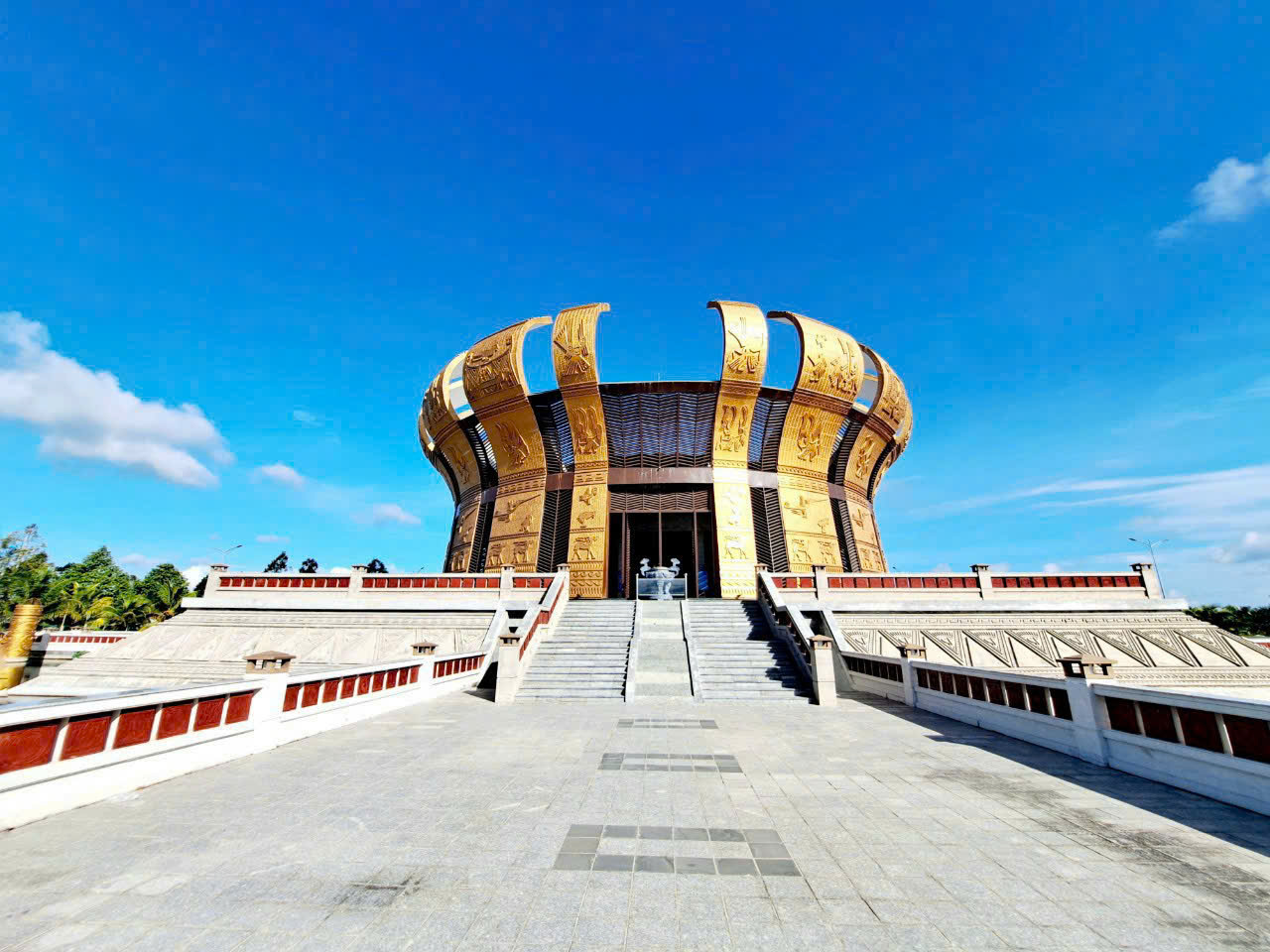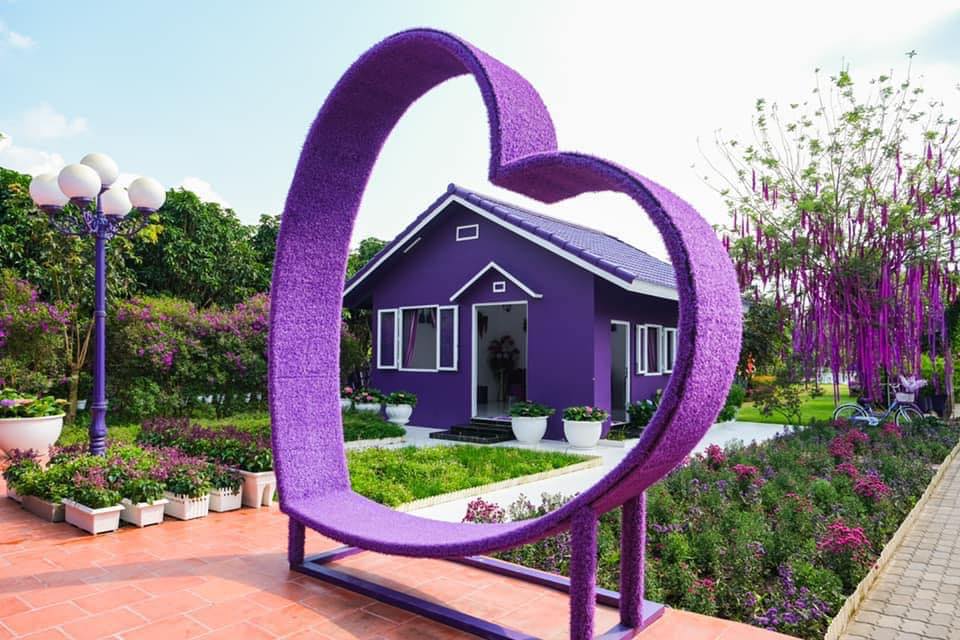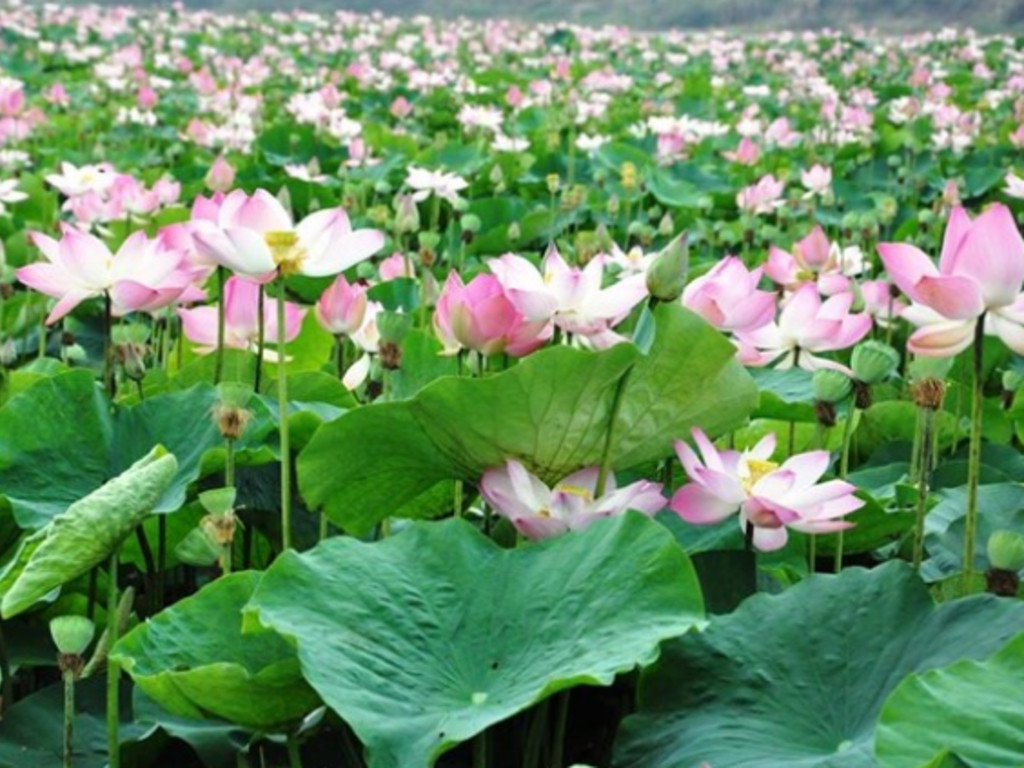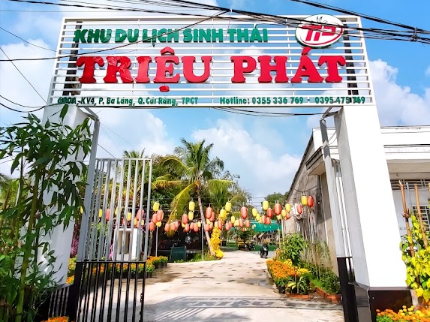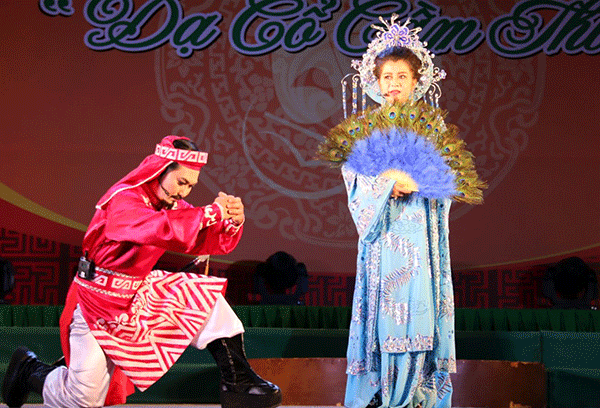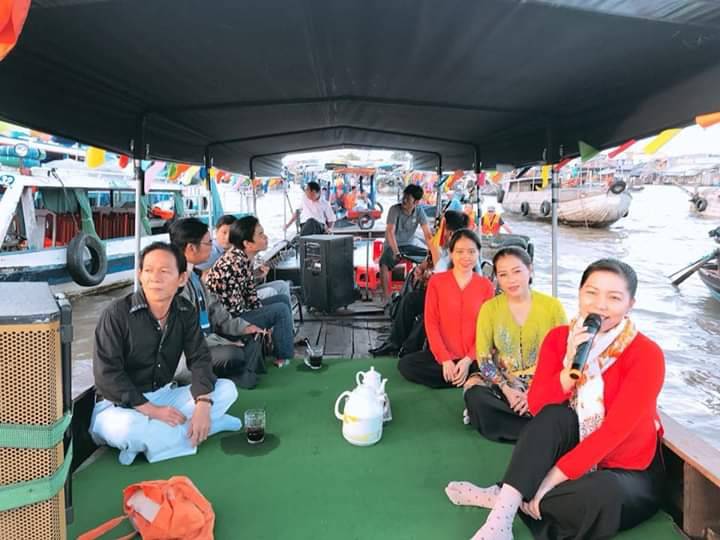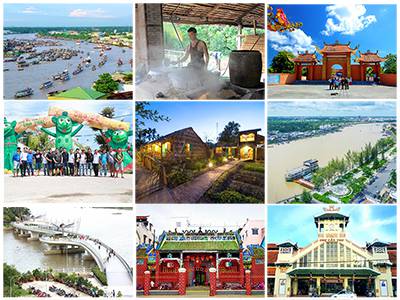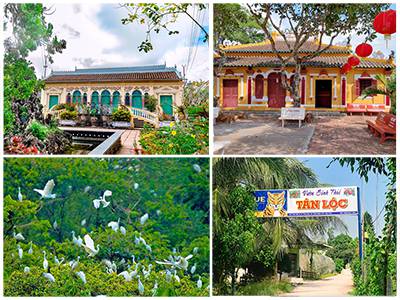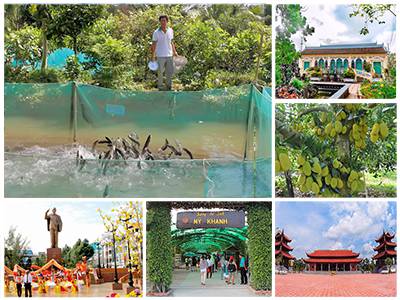Long time ago, all activities of the Mekong River Delta residents were arranged on rivers, merchants used confluence of the rivers in the region as a meeting place for getting together and trading, which led to the establishment of markets and towns. Can Tho Covered Market was not an exception. It has existed for nearly a hundred years and become a symbol of CanTho city. This place does not only show the value of culture and history but also the soul of Can tho City. Its existence proves the process of development of this region.
Under the dynasty of Minh Mang King in 1839, Can Tho had some unplanned markets, “...Suu-near the Can Tho Pier, and Tan An- lying in the same direction as Binh Thuy River...,”[1]. These markets worked rather actively. At the end of the 19th century and beginning of the 20th century, after the French colonialists occupied Nam Ky Luc Tinh and established Can Tho province, they built some administrative units – provincial committees, banks – a resort on Bassac Confluence (Hau River), parks, and docks...(2). They also built covered markets near these places. Can Tho was one of the biggest trading markets in the west of the South of Viet Nam and the main market of Can Tho.
Since Can Tho Covered Market was established by the French rule, other commercial buildings here were mushroomed, which boosted the economy of the area and other neighboring provinces and Can Tho market became a Dau Moi market (selling things in large quantities)- the most important one in Nam Ky Luc Tinh (the name of the South of Viet Nam under the Nguyen Dynasty). For this reason, it carried the name “Luc Tinh”. It also had another name called
Hang Duong due to the fact that it was next to a park in which lots of pine trees were planted. Although it has many names, the word Can Tho is rooted in the mind of the Can Tho locals, especially the old and Vietnamese expatriates.
The position of Can Tho Covered Market is unchanged through up and down of history. The entrance faces Hai Ba Trung street. Its side part is across the park and a block of commercial buildings. Its back faces Hau River. This location facilitates services and trades both “by land and by water”. The area of this place is designed in a T-shape with an area of 1,723sqm. It is mainly made of concrete and steel, and the roof is covered with tiles. This type of architecture is a combination of classic and modern styles, which creates a market with a high and firm structure. The main hall of the market has three towers. The tower in the middle is the biggest one. On its two sides are two smaller towers decorated with designs and louvers, which creates a clear space. The top of the tower is particularly decorated with images of fire orbs and stylized dragons and clouds. A clock is attached to the side of the tower, so it is called a clock tower. Although the size of Can Tho market without walls is not so big as Dong Ba Market in Hue, Binh Tay Market and Ben Thanh Market in Ho Chi Minh City, which were built in the early twentieth century by a French building contractor named Brossard et Mupin, its structure is neat, beautiful, and delicat. A combination between Eastern and Western styles of architecture is expressed through materials, colors, and lines, which enhances the beauty of the market
and emphasized cultural aspects of the land full of rivers and canals. Especially, the harmonious combination in space and architecture between the markets, streets, and parks with green trees in the front has remained
intact up to now. Therefore, Can Tho Market was once recognized as a beautiful market in Nam Ky Luc Tinh.
Can Tho Market has been active for more than 100 hundred years and has fulfilled its historical role as a
leading market in trade in Nam Ky Luc Tinh since the early twentieth century. When Can Tho was officially
recognized as a centrally- governed city(3), Can Tho Market continued to fulfil its role as a “whole sum” market, making positive contributions to the development of economy, trade, and services for Can Tho and the provinces in the Mekong Delta. Can Tho Covered Market was deteriorated due to long existence and has been repaired many times, which changes some features of the original architecture, but in general, its shape remains unchanged. In order to preserve the original architecture of Can Tho Market and continue to maximize the strengths of the traditional market, develop economy, promote trade, and expand services, in 2005, the City People’s Committee had Can Tho Trade Company (CTC) invested in repairing and bringing Can Tho Covered Market back to its original state and simultaneously using it as a cultural site, trading center, and tourist attraction. The construction was inaugurated on April 30, 2005- to commemorate the 30th Anniversary of the Liberation Day (April 30th, 1975 – April 30th, 2005).
At present, this covered market has about 80 kiosks selling souvenirs, traditional handicraft products, garments and typical products of the South of Vietnam. Besides, after doing some shopping, tourists and travelers can stop by the Sao Mai restaurant to enjoy some European and Asian dishes and look at the beauty of gentle Hau River.
Since 2009, Can Tho city has had some traditional and cultural activities related to tourism development at Ninh Kieu Quay. Other ones like street foods, “Tay Do Night Market”, street entertainers come to life on weekends along Hai Ba Trung street and in front of the commercial buildings near Can Tho Covered Market, which attracts more domestic and international tours to Can Tho City. These activities also make the area more active and lively.
Can Tho Covered Market is another tourist attraction of Can Tho city. This is a place where travellers and tourists can not only enjoy the beauty of architecture but also experience the lifestyle and activities of the people in the Mekong River Delta depicted in the market. This market still preserves the value of history, culture, and architecture associated with the formation and development of CanTho and becomes a typical feature of the Mekong River Delta. Since Can Tho covered market had those values, after launching a contest in designing a symbol for Can Tho city in 2010, Can Tho City People’s Committee chose and decided to publicly introduce the design in which an image of the
stylized covered market locating by the side of the Mekong river was the symbol of Can Tho. At the same time, in 2012, Can Tho City People’s Committee issued a decision to recognize Can Tho Covered Market as a historical and cultural heritage(4).
In the future, Can Tho Covered Market is expected to be an ideal site to hold cultural and cuisine events and improve the sights in the wharf and on the boats which are considered a cultural feature of the land full of rivers and canals. These are also positive ways to preserve the heritage, maximize the strengths of the traditional market, and change it into a trading center and tourist attraction in the present situation.
Nguyen Thi Ngoc Han
